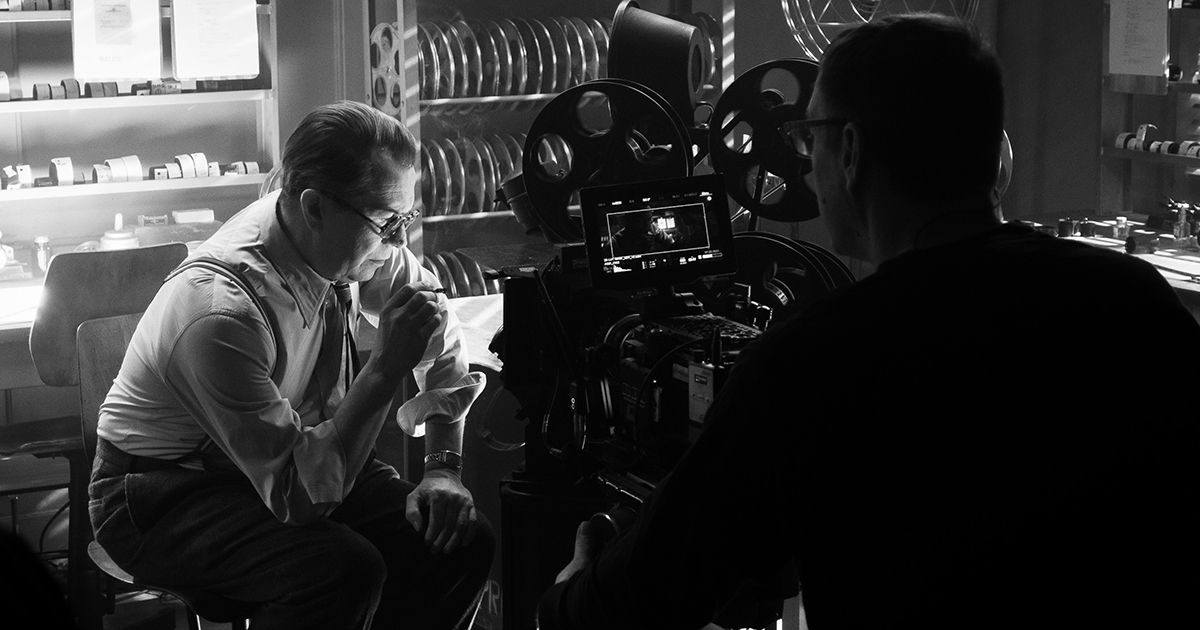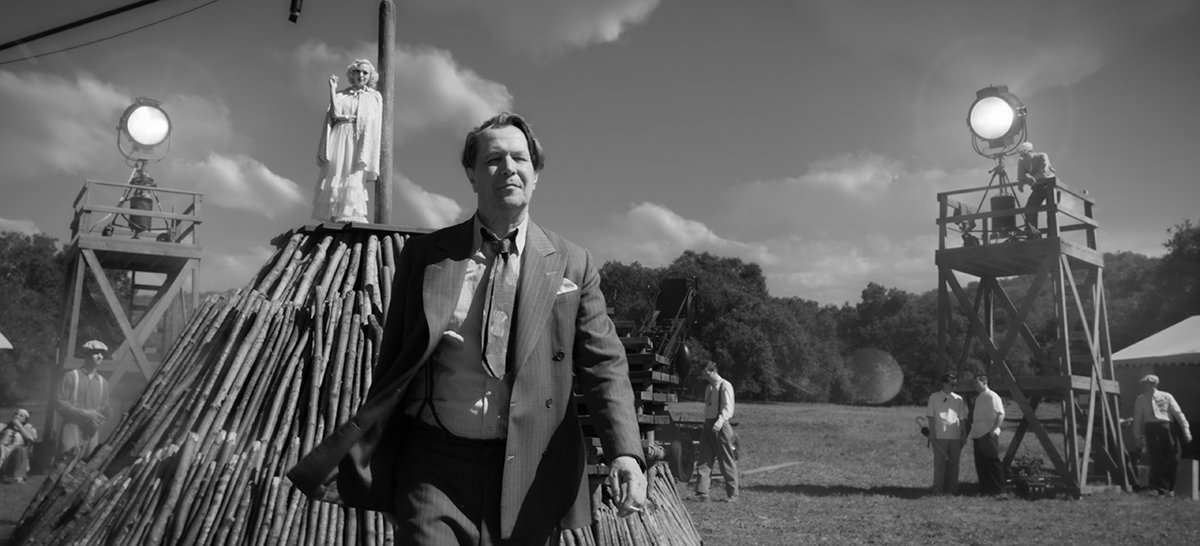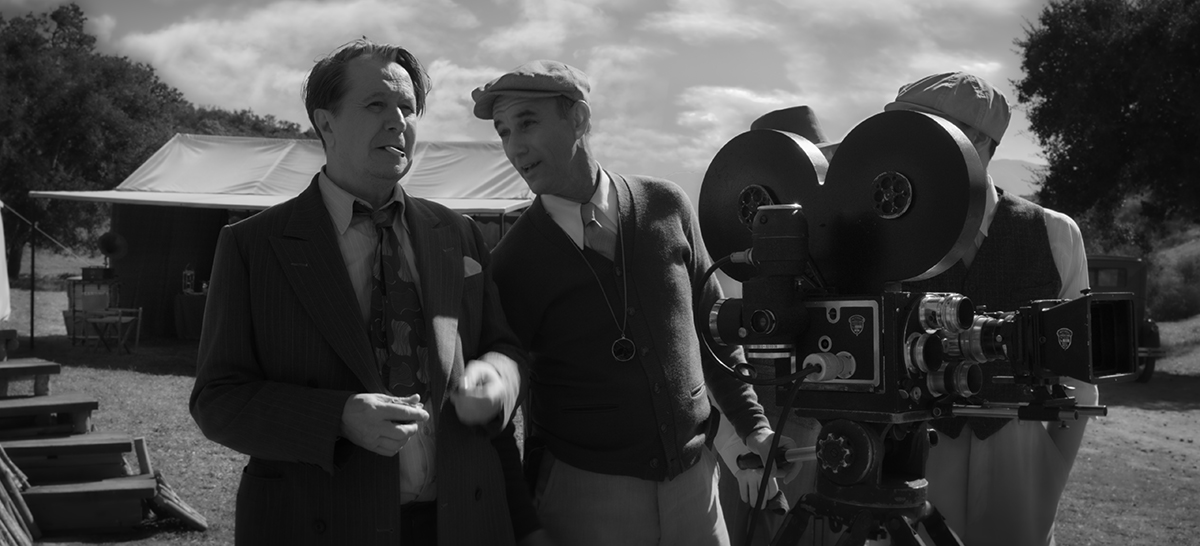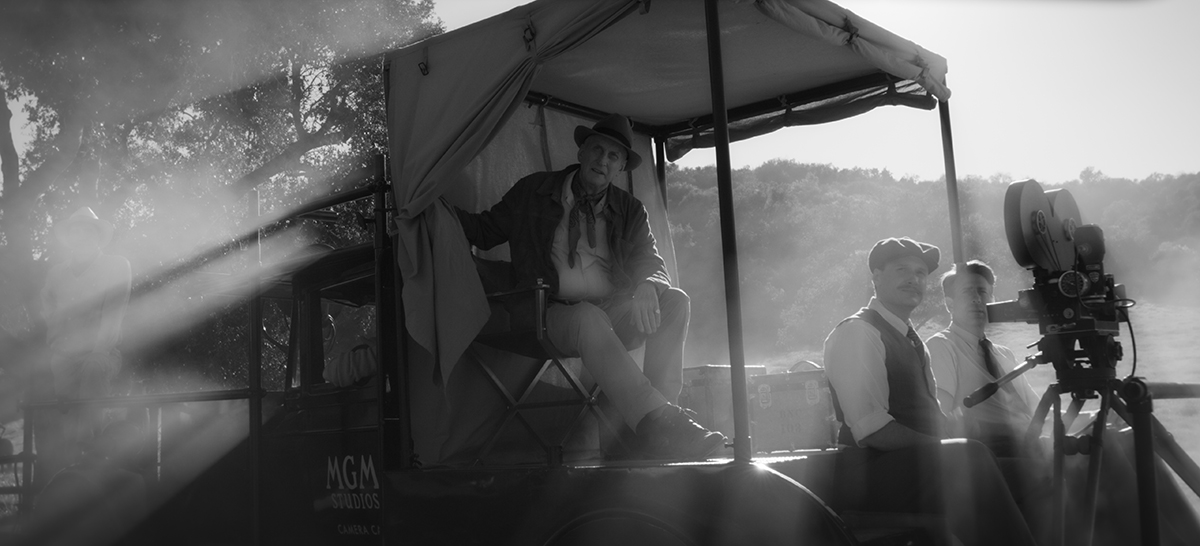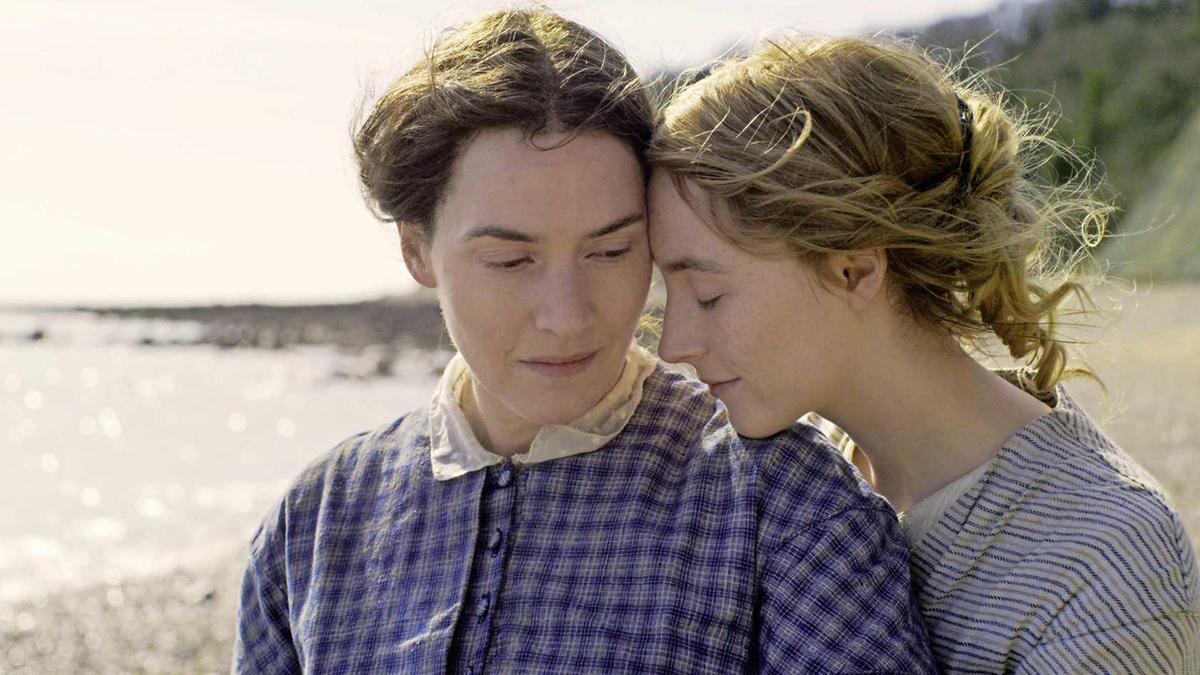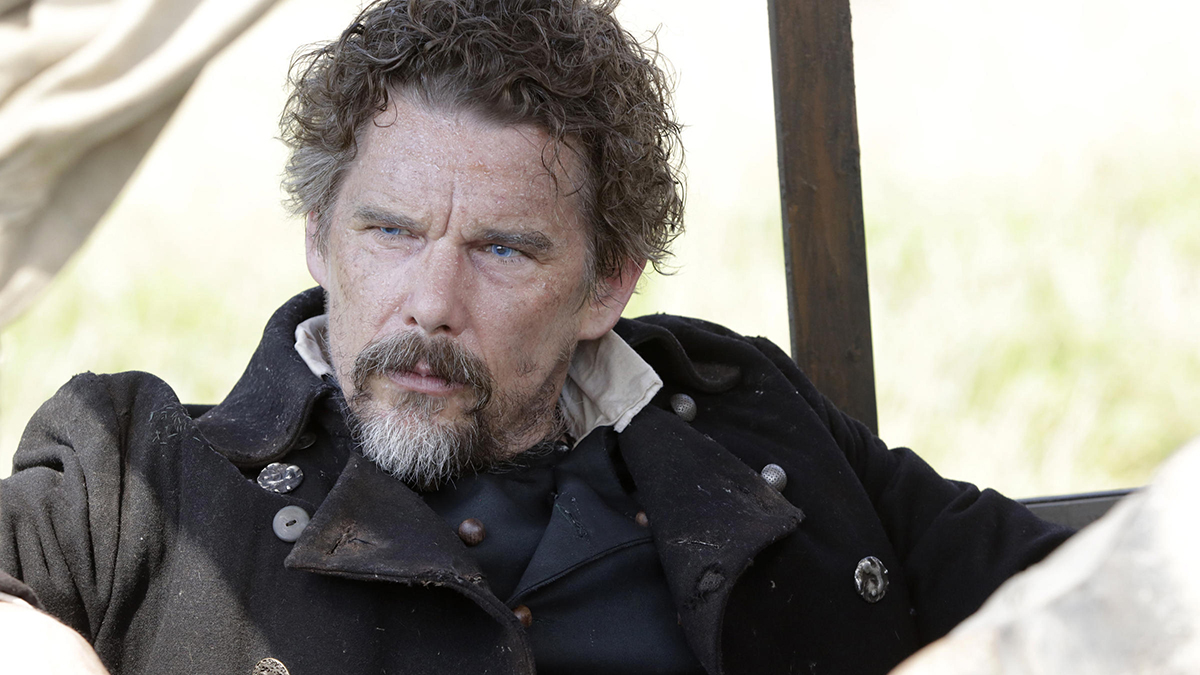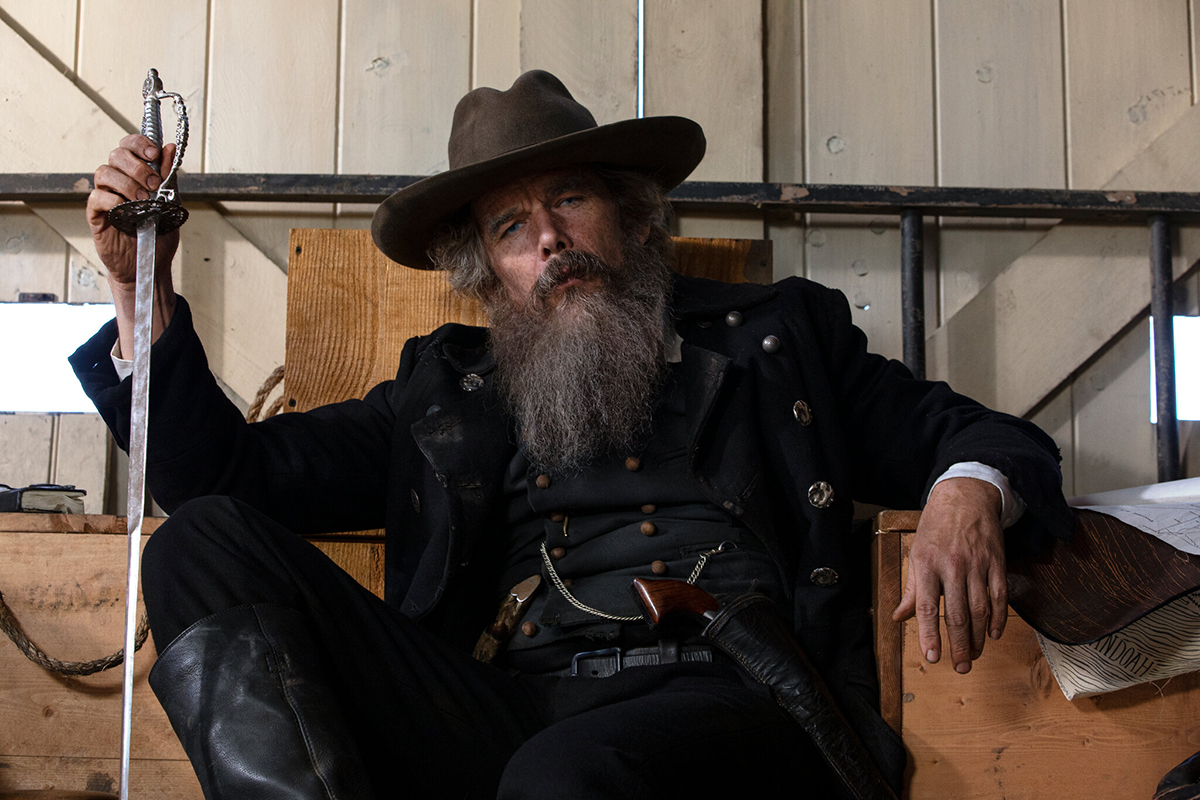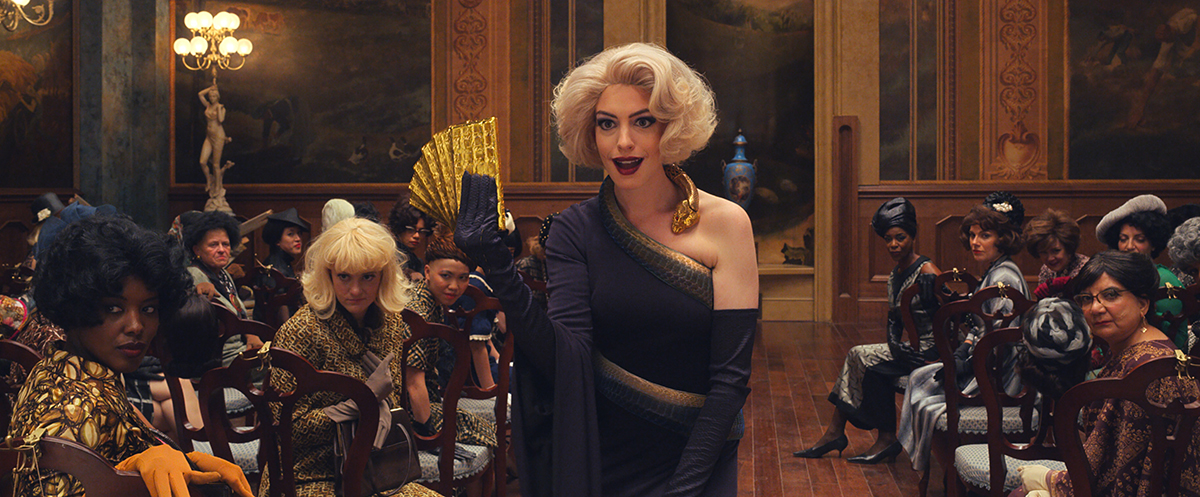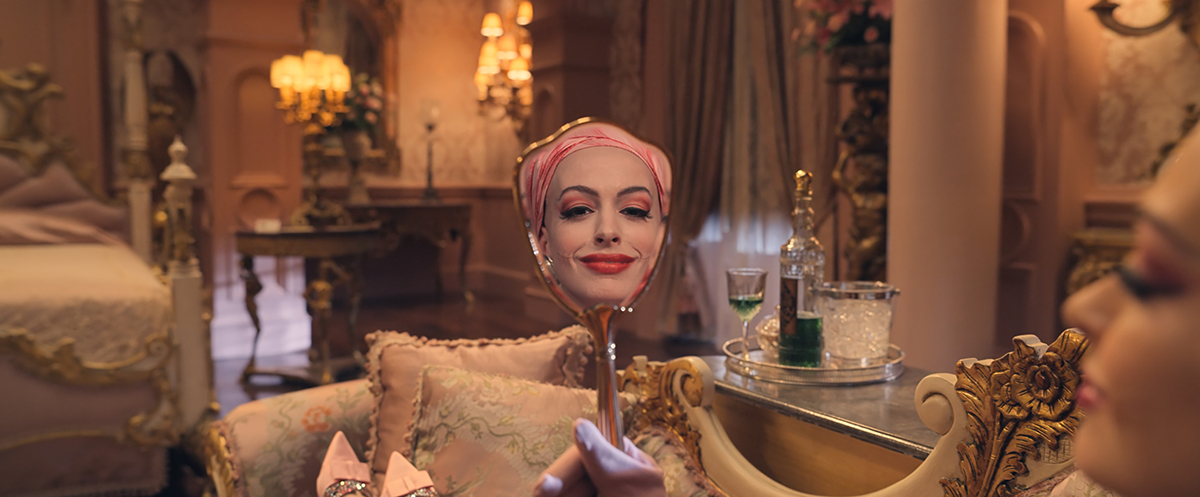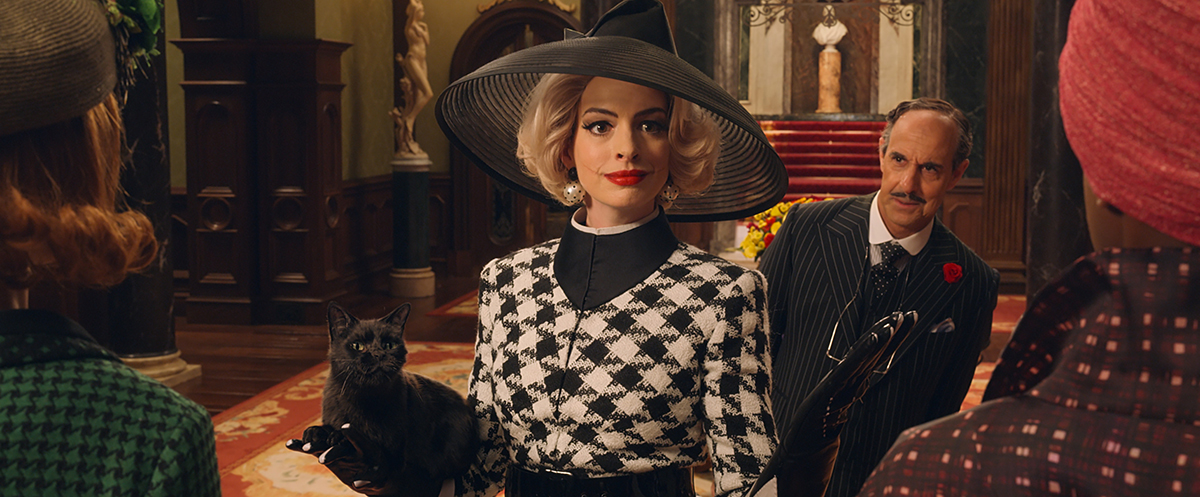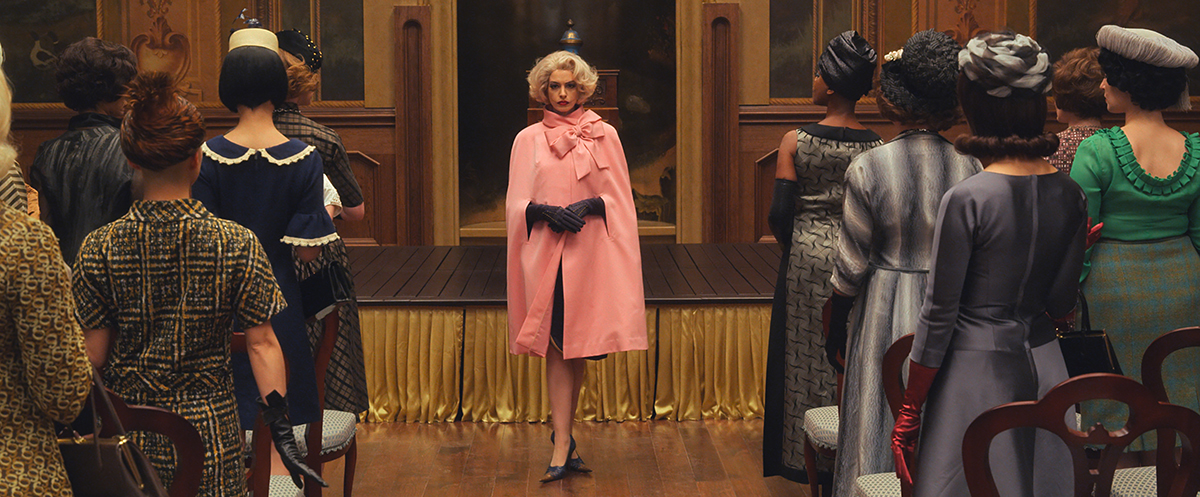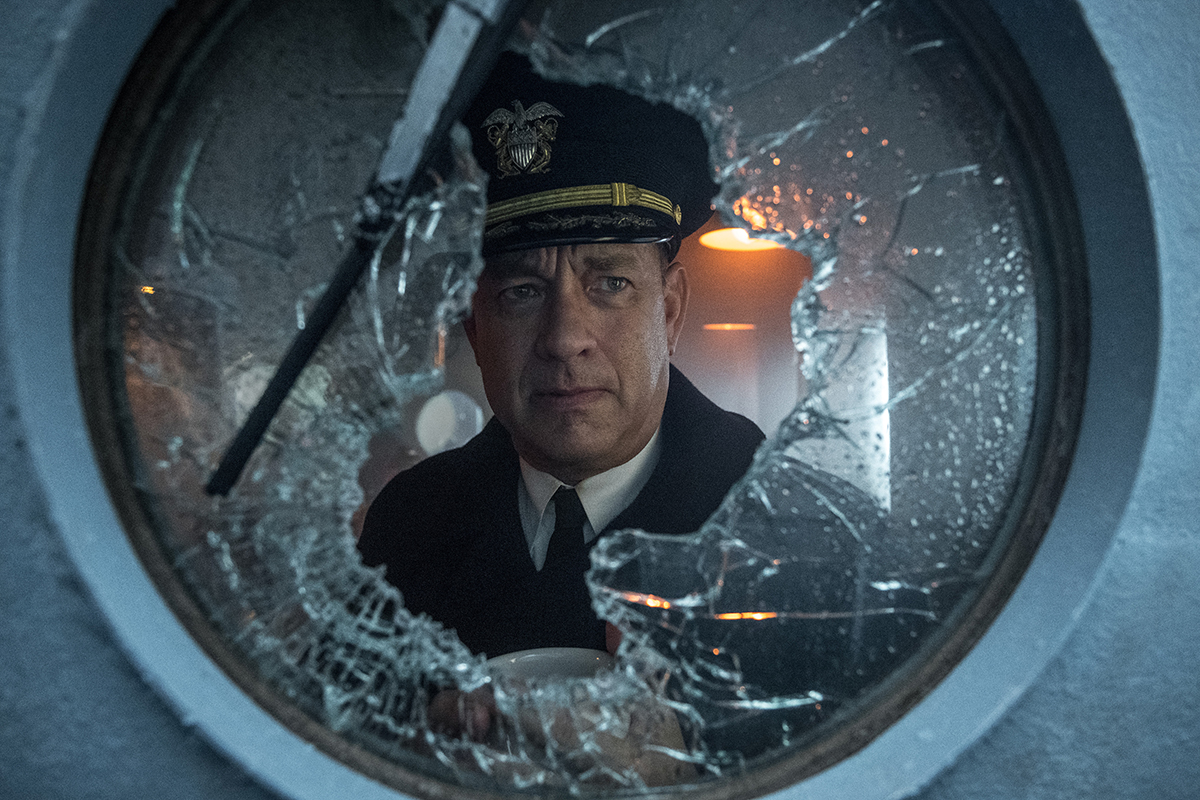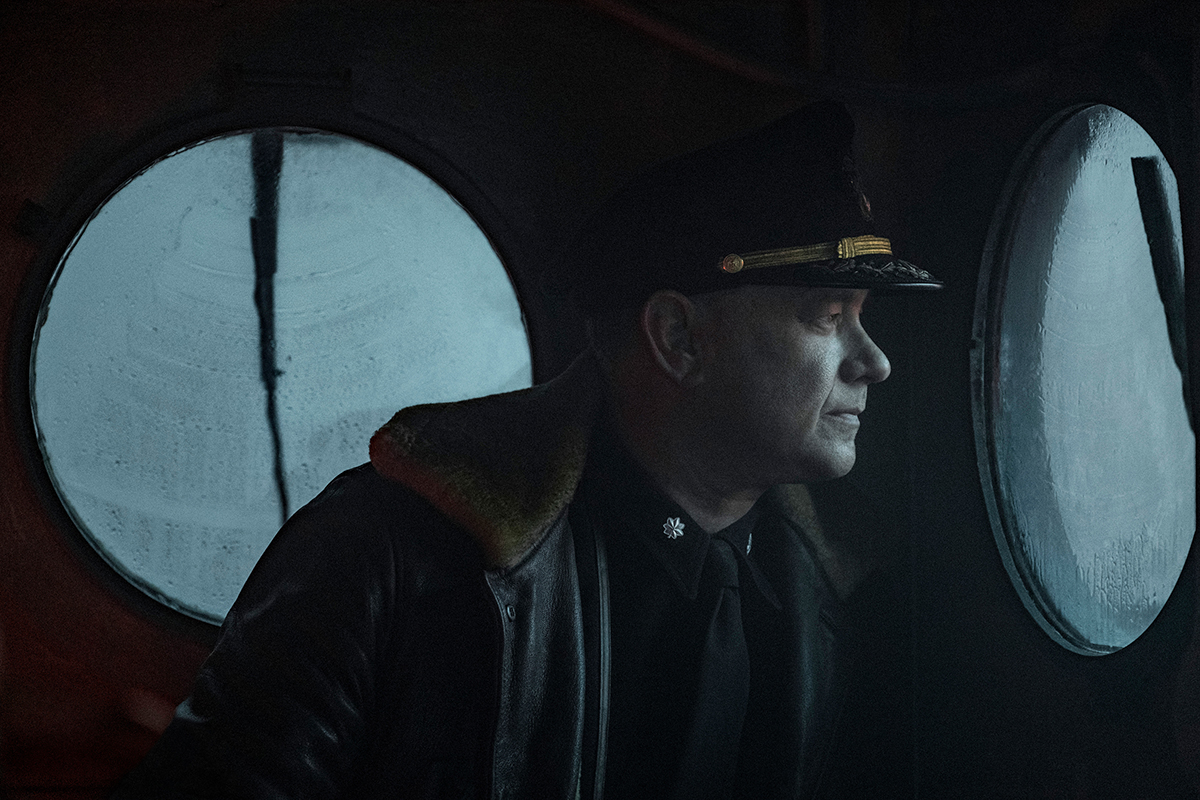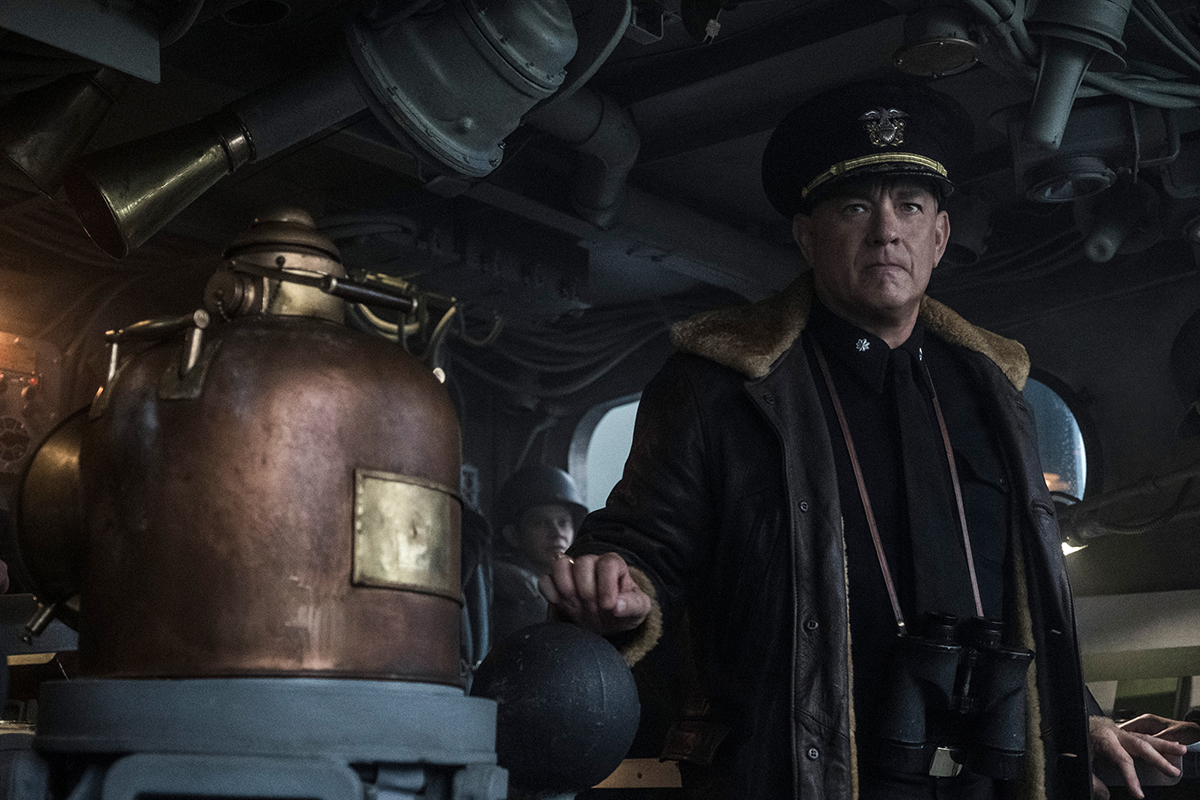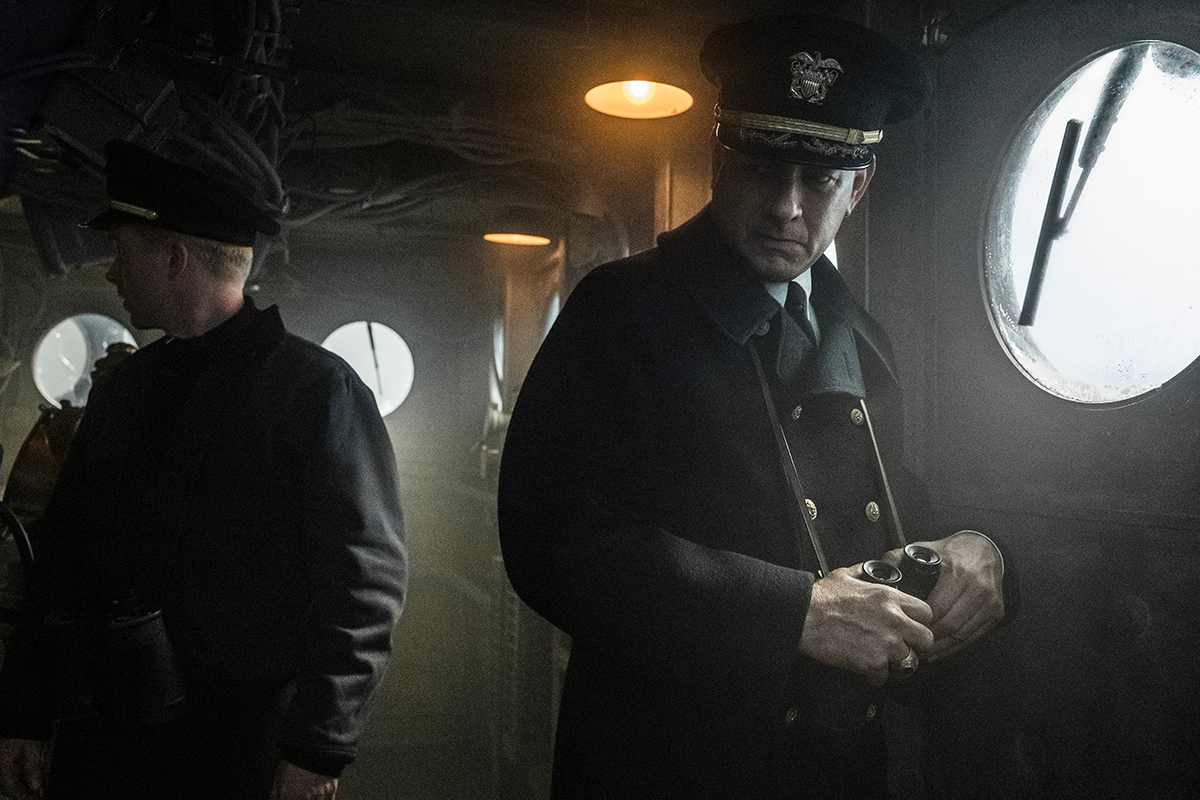Cinematographers are increasingly selecting to shoot at 8K resolutions for the creative freedom it affords.
This choice is often paired with large format sensors and with vintage lenses or anamorphic glass, lending the otherwise crystal-clear image a unique expression.
Having a super sharp sensor to capture everything you want to throw at it, including multiple stops of dynamic range while being able to optically modify that path, can get cinematographers closer to their creative goal.
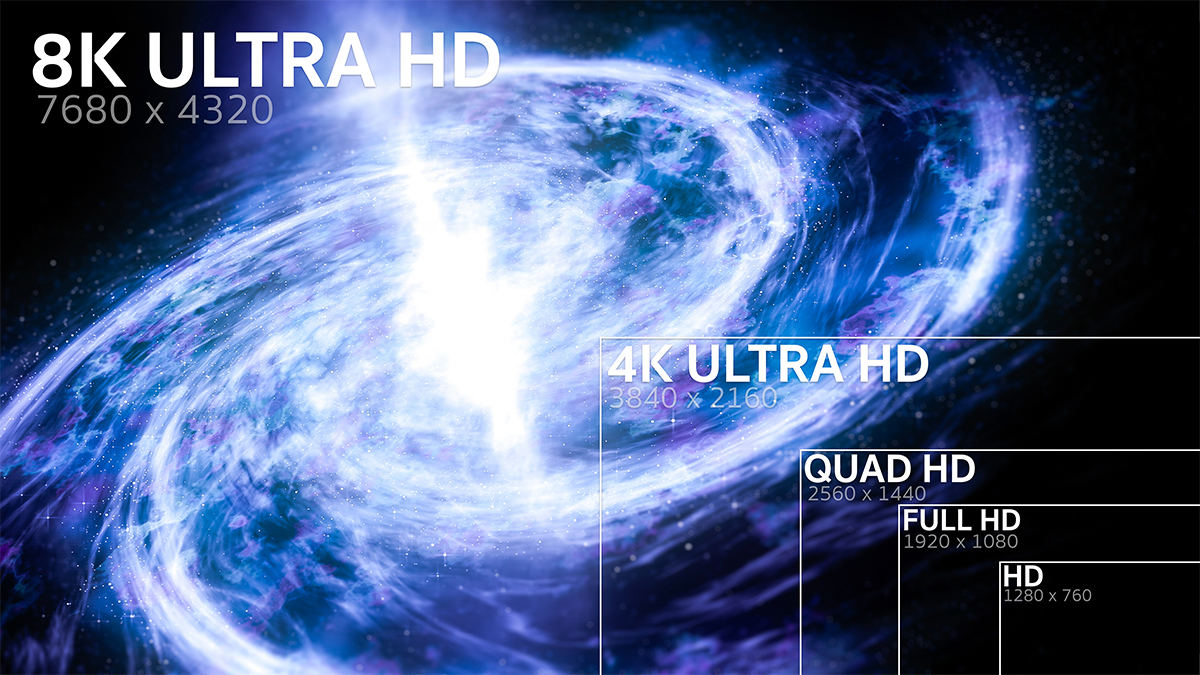
Here, NAB Amplify talks to a range of cinematographers about their creative choices and experiences shooting in 8K:
Mank
Shot by Erik Messerschmidt, ASC, David Fincher’s Mank pays homage to Hollywood’s 1930s and ‘40s heyday and could have been shot on b&w neg or on 35mm film then converted to black and white, as was Alfonso Cuarón’s Roma.
Even though Fincher is a long time digital cinematography advocate, the decision to shoot monochrome 8K is an astonishing one that seems to have paid off handsomely.
Messerschmidt explains, “David and I need to be able to look at a monitor and get very specific about everything that exists in the frame — the set dressing, the composition, the lighting, the overall tone. Being able to see the image on the monitor and make those creative decisions analytically is crucial to David’s process. In contrast, there is an imprecise nature to composing a shot with a film camera. It just doesn’t provide the same level of control we need.”
Footage was acquired in 8K Redcode RAW at a 2:1 aspect ratio but framed by a 20% reduced center extraction in 2.2:1. The resulting capture has a resolution around 6.5K. This gave enough latitude to help with some reframing and shot stabilisation before delivery to Netflix at 4K HDR at a 2.21:1 aspect ratio.
Working with colorist Eric Weidt, Messerschmidt took footage through a rough grade, examined it projected on large screen in 4K and in 4K on a HDR display in the DI suite.
The greater light sensitivity of the monochrome sensor was helpful in meeting the intent to shoot large parts of the movie in keeping with the techniques Gregg Toland, ASC helped pioneer for Citizen Kane.
Ammonite
Francis Lee’s Ammonite is a based-on-fact romance set in a similar era on the south coast of England. Stéphane Fontaine, AFC (A Prophet, Jackie) agreed with the director to focus on facial features and hand gestures of the leads (Kate Winslet and Saoirse Ronan) in keeping with the script’s buttoned-down dialogue.
“It felt appropriate to have a big sensor, as if shooting medium format photography,” Fontaine says, “Our camera is not ostentatious. We’re not telling the audience what to think or what they have to feel.”
Fontaine selected Canon K-35 primes covering the full frame of the Red Monstro “to take a bit of the edge off the sharpness of the digital image.”
In an unusual application of the RED’s sensor, the cinematographer changed resolution depending on the shot. He explains, “For instance, I may use a 55mm for a shot in 8K and just walk in a bit and punch in a little more in 7K. Sometimes we even shot 6K. It’s interesting because that means the same lens has very different personalities depending on the resolution you choose. I used the technique in a lot of scenes. Very often the wide is shot in 8K unless I wanted to have slightly long lens look for which I’d shoot 7K.”

The Good Lord Bird
Peter Deming, ASC first shot 8K for X-Men spin-off The New Mutants, primarily to cater for VFX, but also acquired 8K for abolitionist drama The Good Lord Bird, made by Blumhouse for Showtime.
There were two reasons, he explains “One is for VFX and Good Lord Bird has more in it than you think, mostly invisible FX, so the resolution is advantageous. Plus, there’s always a chance for reframing and not lose any resolution. At 8K you can go in 100% and pick a frame and still have 4K. We didn’t do a lot of that but it’s a possibility.”
The other reason is to create the highest quality master for archive. “Everyone in the colorist world is convinced that everyone is going to be watching everything in HDR down the line. It’s not my favorite format. It’s too vibrant and OTT for me but studios are going back to older films and scanning them for UHD HDR and they’re finding the dynamic range of the negative is perfect for that. The bottom line is that 8K has a lot going for it, not all here and now.”
The resolution may have benefits, but cinematographers are going to great lengths to find glass that distorts, adds artifacts or otherwise reduces the sharpness of the 8K image.
“Because there’s a drive for so much data, you are seeing the optics go in the opposite direction — older glass, different coating, no coating, to try and maintain a cinema feel to digital capture,” says Deming.
For The Good Lord Bird, Deming and Executive Producer Albert Hughes sought an array of older anamorphic lenses to film the 1850s to pair with the DXL.
“We wanted a historical feel without being clichéd about it. So, we desaturated the look of the show and searched for old lenses to capture the look organically rather than rely on a lot of post techniques.”
These included a set of Panavision B series anamorphics from the 1960s, Panavision anamorphic portrait primes and old Pathe anamorphics “which if anything were even more extreme with little or coating so the light sources, lamps and windows, really bloomed. We used them for certain parts of show, particularly episode 2.”
Data averaged 4TB a day backed onto SSDs and a large RAID on set. Not needing an HDR finish he monitored HD SDR on calibrated OLEDs. Explains DIT Kyle Hoekstra, “We used standard Leader monitoring waveform and dynamic range we and always analysing the waveform of the Log signal versus the LUT, so I know exactly where we’re putting our dynamic range at all times. This is a very high contrast show, We’re pushing the limits of our dynamic range with scenes lit by candle light and so that ratio is so slim you really go to dig into the bottom end on that camera.
“With the right scopes and Peter at the helm we always had our baseline where it needed to be to get the quality we wanted out of the negative.”
The Witches
Robert Zemeckis’ 1997 sci-fi drama Contact was a 35mm anamorphic movie for which DP Don Burgess, ASC recorded more than half in 65mm and VistaVision because the bigger image was needed for VFX.
Reteaming with the director for Warner Bros’ The Witches, Burgess shot 8K (on a combination of Red Monstro 8K VV and DXL2 with Primo 70 lenses) for the same reason.
“It’s important on a show like The Witches, which has a lot of VFX, to have the VFX team on board with my camera choice so they feel comfortable with the data collection. The [larger sensor] gives me more security in images that I capture and how they are used in post. A lot of changes happen in the course of making a film and 8K gives more opportunity to the filmmaker to blow up shots, tighten them up or turn them into a VFX shot where there wasn’t one planned.”
The Witches was intended for theatrical release but premiered on HBO Max. Burgess’ next film, the Chris Columbus-directed The Christmas Chronicles 2, was shot for Netflix with near identical format.
“Chris and I approached it the same as we would a feature release for cinemas. It’s another huge VFX movie so the combination of 8K sensor and Primo 70 lenses creates the best image quality.”
He adds, “When I shot Contact, we had 65mm contact print dailies projected from a 65mm projector. I’ve never seen anything as fantastic as that no matter what imagery I’ve looked at since then. It looked phenomenal. So, if we can make larger or better chips at 8K or 12K and the image quality is astounding I’ll be there to see it. You’ve got to keep looking for better ways to take images and connect with audiences. Ultimately, it comes down to storytelling. It really doesn’t matter if it’s UHD or Super 8, if the storytelling isn’t any good, then you will quickly get bored no matter how fantastic the images are.”
The Book of Vision
Psychological drama The Book of Vision is set in the present day with flashbacks to the 18th Century. Directed by Carlos Hintermann, executive produced by Terrence Malick and shot by Malick’s cinematographer Jörg Widmer (A Hidden Life), the film premiered at Venice.
“There were several reasons behind the choice of 8K like reframing, zoom, crops and stabilization,” explains DIT Christian Kuss. “Also, we had a lot of low light scenes set in a forest, so shooting 8K downsampled to a 4K finish proved to be very useful to minimize the noise due to more detail in the native 8K resolution image.”
They deployed a GPU accelerated workflow by transcoding the 8K native files from camera to HD on a HP server viewable for dailies in DaVinci Resolve. They shot at a data rate of 12-14GB per minute — which translate to 2-3TB a day — so had to use fast RAID systems to keep pace with data management.
Kuss says, “You have to be aware of the whole pipeline issues with 8K. Whether you are shooting Alexa 65 at 6K or Red at 8K, transcoding is still the main thing. You need a powerful system to keep up with what they throw at you. If the DP shoots a doc style and gives you 4-5 hours of footage a day, then if you don’t keep up with your system, then you are lost.”
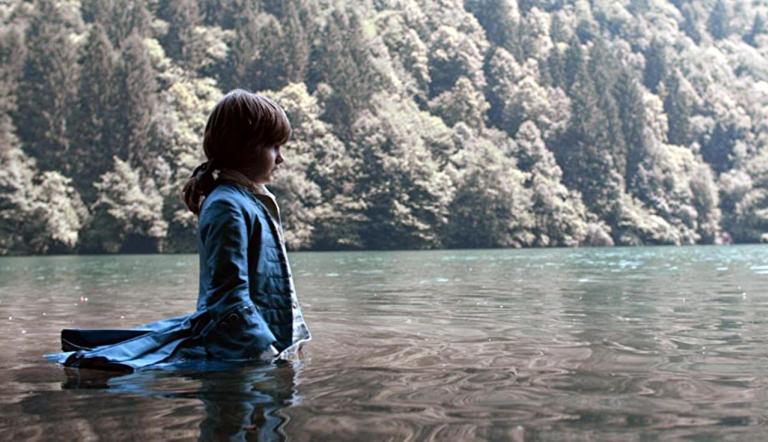
Since the [Red] camera only outputs an HD image, monitoring 8K on set wasn’t possible. “In the next few years it will be possible to have a live image of the final resolution you want to have on set with a 4K or above monitoring system.”
Kuss is currently in Denmark as DIT on a Netflix feature. In this case 8K is being used by the director to extract single shots in post out of the high-res master. “The important thing is to ensure the focus is spot on,” Kuss says.
Greyhound
The combination of large format plus 8K was chosen by Shelly Johnson, ASC to tell the story of a Navy destroyer captain and crew at close quarters for WWII drama Greyhound.
Director Aaron Schnieder, himself a former DP, was keen to shoot large format in order to get close to character Captain Krause (played by Tom Hanks) from whose perspective the story is told.
“An immediate advantage is that the shorter focal length adds a textural depth to the set,” Johnson explains. “It’s something the audience will respond to almost subliminally but we were less interested in showing detail than in how the optics would perform.”
“We were going to go handheld so maneuverability certainly played into our selection,” he reports. “I knew I wanted the VistaVision-size sensor and ideally to shoot 8K. That led me to the Millennium DXL.”
Once again, the DP’s lens choice was based on adding back unique imperfections and aberrations instead of a sterile separation of colors.
“I wanted the Sphero 65s because they did everything that an old lens does exceptionally well. The set was very sharp but when you get to the edge of the face, there’s not that cut-out feel. It feels very analog.”
The delivery for Apple TV+ was 4K but Johnson shot 8K compressed 6:1 in order to cover the lenses. “It’s the edges where all the goodies are,” he says. “We didn’t want to lose the vignetting or halation in the highlights that is most active at the edges so that was the main reason for shooting 8K.”


